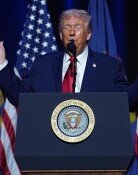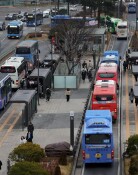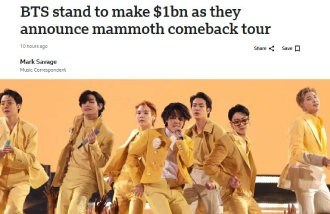Fed could increase key interest rate to six percent next year
Fed could increase key interest rate to six percent next year
Posted November. 07, 2022 07:41,
Updated November. 07, 2022 07:41
The U.S. Federal Reserve raised the key interest rate by 0.75 percentage points as many as four times running to drive it up to four percent. It is expected to raise it further to as high as six percent next year.
Charles L. Evans, president of the Federal Reserve Bank of Chicago, told Reuters on Friday (local time) that the Fed can drive the key interest rate way up even at a slowed pace, suggesting that four times of an increase of 0.5 percentage points will possibly occur if inflation is not held back. “From here on out, I don't think it's front-loading anymore, I think it's looking for the right level of restrictiveness,” he added.
His message implies that even if the Fed is concerned about a slow economy and does not take “giant” steps anymore, it may increase the key interest rate by 0.5 percentage points consecutively. If this “big” step is taken four times by next May, two more points will be added to the current level to cause the U.S. key interest rate to go up from the current 3.75-4 percent to 5.75-6 percent.
As per FedWatch by the Chicago Mercantile Exchange (CME) to use Fed funds futures to predict the probability of the Fed's interest rate move, investors expected that the key interest rate would go over five percent by next May. Although President Evans added that 0.25 percent points could be part of a future scenario, if high inflation shows no signs of decreasing, experts worry that the interest rate will exceed the six percent threshold in the year’s first half.
A Fed report issued on Friday described high inflation as the biggest threat to U.S. financial stability, analyzing that the U.S. Treasury market sees an obvious decrease of flexibility as major countries in the world have recently raised interest rates inevitably due to rising prices. The Fed explained that the burden of flexibility results from higher interest rates and uncertainty over the economy, worrying that the U.S. Treasury market is headed in the wrong direction.
Hyoun-Soo Kim kimhs@donga.com







